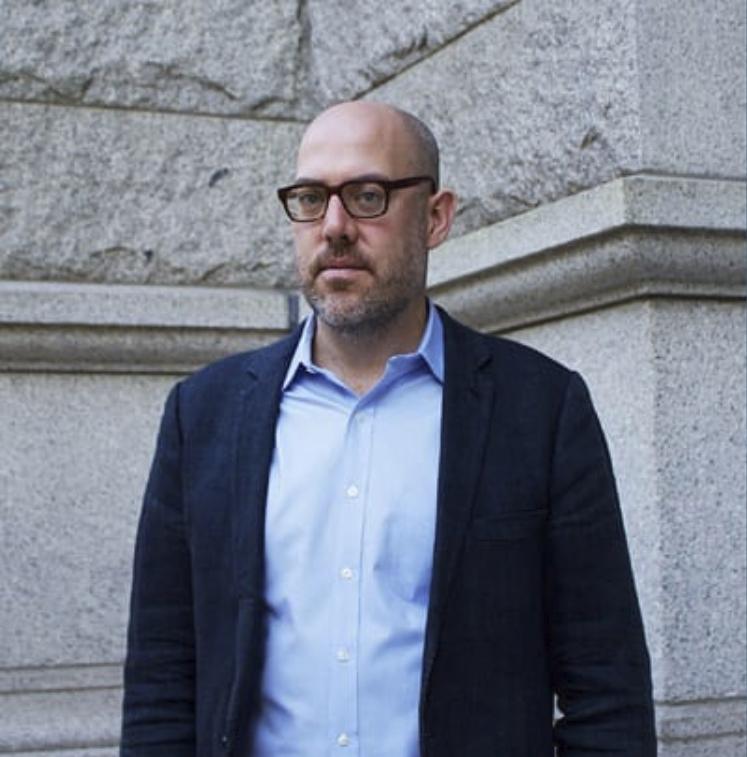Author Christopher Beha delivered a lecture on the sometimes-challenged secularity of the novel as an art form at a Nov. 1 campus event.
Beha’s talk, entitled “The Statues and the Temple: Notes on the Novel as a Secular Art,” is the 16th iteration of the Casey McIlvane Memorial Lecture, an annual series that reflects the academic disciplines taught at Georgetown University as well as the Jesuits’ mission of 000. The series is supported by the Casey McIlvane Memorial Lecture Fund, which was established by Roseanne McIlvane Casey (G ’79) and Nancy McIlvane Del Genio (F ’82) in 1997 .
Beha opened by affirming the novel’s place as a secular art form, something he said is undeniable.
“That the novel is a secular art is a widely agreed upon fact among historians and theorists of the form, but it might seem a fact that a religiously inclined practitioner would seek to resist or even to deny,” Beha said at the event. “That the novel is a secular art is indeed a fact not just historically contingent but also necessary. To deny this property would be to deny the forms of power and possibility.”

Beha used “Don Quixote,” a novel by Miguel de Cervantes, as an example of the intersection between religious and secular art in the novel form.
“Don Quixote is secular in intention and subject matter, a depiction of an utterly disenchanted world. Yet the book itself complicates each of these secular intentions. The book’s famous meta-fictional and self-reflexive gestures suggest that something more than secular is actually at play,” Beha said…”
Beha said the novel’s focus on the quixotic and the longing for higher values resists the elimination of the complementary relationship between the secular and the transcendent.
“The very existence of Don Quixote suggests something insufficient about the secular subject matter, at the same time that it mocks the higher goods of chivalric romance. It is an incredibly sympathetic portrait of the longing for higher values,” Beha said.
Beha said the secular and the transcendent are complementary and should not be separated.
“One of the themes of Don Quixote is the tragic insufficiency of the secular when it was made to stand on its own rather than to serve as a complement to the transcendent. To insist that the novel is a secular art is not to say that it is a secularism; indeed, the novel has been a great resistance and has been so effective in this role,” Beha added.
Beha ended the lecture with a discussion of the challenges of evaluating literary works based on their relevance to contemporary society.
Beha said authors who write relevant social commentary often do not receive recognition for their work until enough time has elapsed to judge it in hindsight.
“Don DeLillo and Toni Morrison were Catholic writers central to the culture, but their work is not recognized as such due to a lack of historical context,” Beha said. “The writer who’s going to be most remembered by the public is not one that we would all like sitting around listening to, but one whom we are going to reflect on later and say ‘that one was the one.’”














